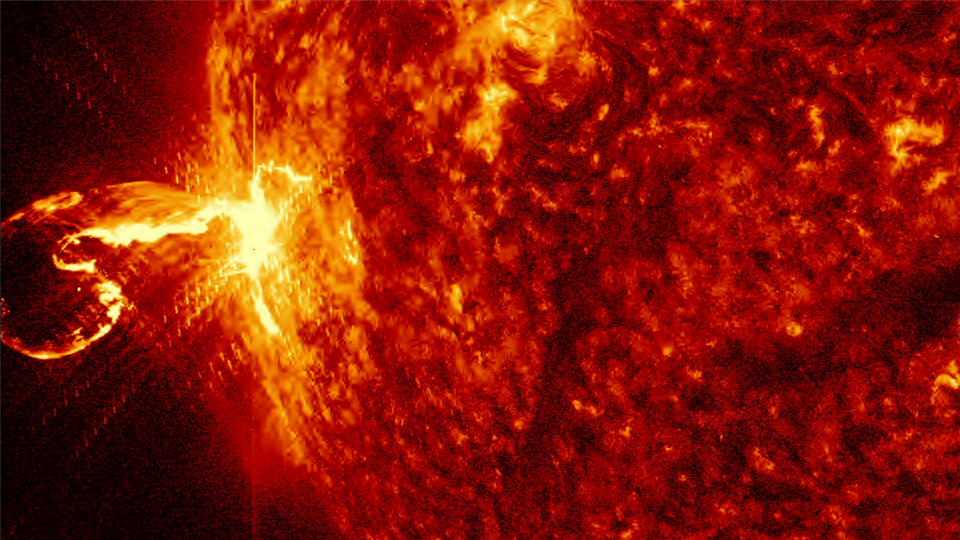Solar flares can impact Earth, infra, astronauts, other living organisms! NASA explains
Solar flares can impact Earth, astronauts and other living organisms, informed NASA. Here is all you need to know.

Solar flares and solar eruptions keep on happening. Though the intensity of the flares vary, they can cause problems on Earth, that is, solar flares can prove to be dangerous for living organisms. Meanwhile, if you are not yet aware of solar flares, it can be known that a solar flare is an intense burst of radiation on the Sun. "Flares are our solar system's most powerful explosive events – the most powerful flares have the energy equivalent of a billion hydrogen bombs, enough energy to power the whole world for 20,000 years. Light only takes about 8 minutes to travel from the Sun to Earth, so that's how long it would take the energy from a flare to reach our planet," NASA said in a blog post.
NASA has been very active in informing about the solar flares that are happening and their impact on Earth. But what needs to be noted is that solar flares only affect Earth when they occur on the side of the Sun facing Earth or else they will pass elsewhere into space. Solar flares are rated in different classes based on their strength, or energy output, and the effect a flare will have on Earth depends on what class it is (B, C, M, and X classes, with X being the most intense), NASA informed.
Also Read: Can near-Earth object be DANGEROUS? Here is how NASA wants to stop scary comets, asteroids
Solar flares can last from minutes to hours. Sometimes the same active region on the Sun can give rise to several flares in succession, erupting over the course of days or even weeks. Here is how it can impact Earth and living beings.
Impact of solar flares on Earth and living organisms
Flares are not directly harmful to humans on ground as Earth's atmosphere absorbs most of the Sun's intense radiation. However, the radiation from a flare can be harmful to astronauts outside of Earth's atmosphere, and they can affect the technology we rely on like satellites.
"Stronger solar flares – those rated class M5 or above – can have impacts on technology that depends on Earth's ionosphere, our electrically charged upper atmosphere, like high-frequency radio used for navigation and GPS," NASA said.
Also Read: Forget asteroids, comets, solar storms, NASA is EXCITED about this
When the burst of light from a flare reaches Earth, it can cause surges of electricity and scintillation, or flashes of light, in the ionosphere, leading to radio signal blackouts that can last for minutes or, in the worst cases, hours at a time. One risk of a radio blackout is that radios are often used for emergency communications, for instance, to direct people amid an earthquake or hurricane.
Scientists are of the belief that more solar flares, eruptions are going to happen and the solar cycle is not at its peak yet. NASA has predicted that solar flares and eruptions will increase until 2025 when the current active 11-year cycle comes to an end.
Catch all the Latest Tech News, Mobile News, Laptop News, Gaming news, Wearables News , How To News, also keep up with us on Whatsapp channel,Twitter, Facebook, Google News, and Instagram. For our latest videos, subscribe to our YouTube channel.































